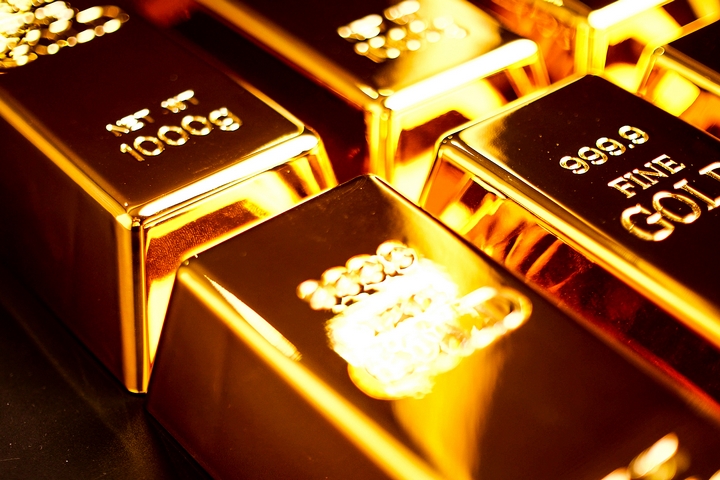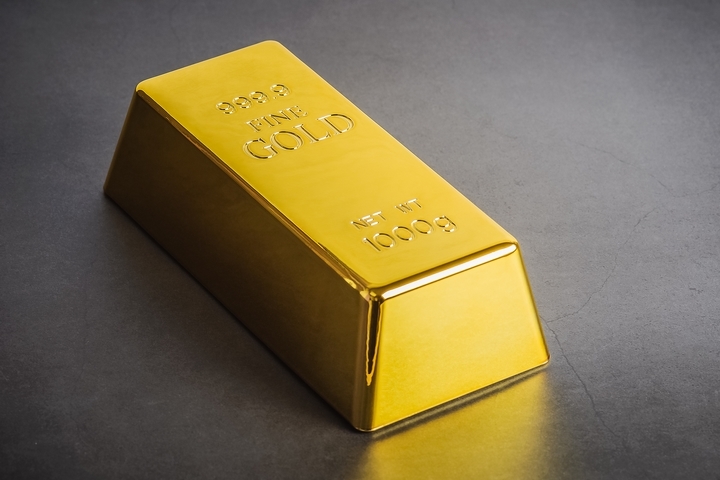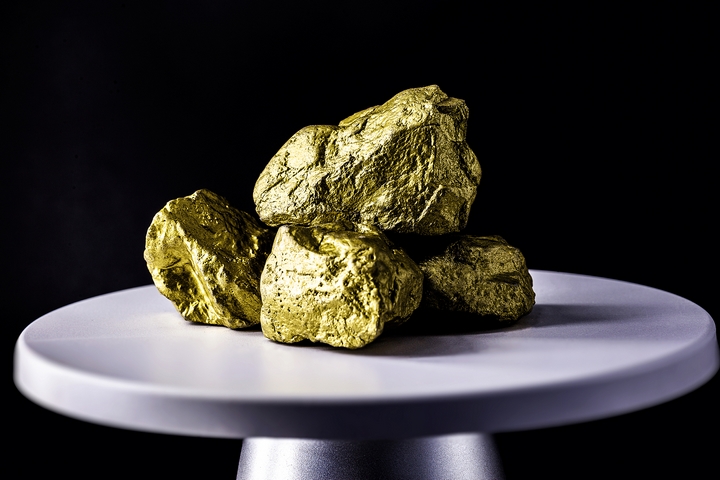In 2020, gold prices have soared to record highs, surpassing $2,000 per ounce. But gold has, in some form or another, always been an expensive precious metal. Many people might view the metal as a shiny object you put in your safe deposit box, but it has a diverse array of functions.
In today’s chaotic times, one of the best investments you can make is buying gold. Whether it is used as a hedge against inflation or a tactic to protect your net worth, getting your hands on this precious metal can be considered critical to enduring the uncertainty in our post-coronavirus economy and world. From physical bullion to investment products to jewelry, there are plenty of ways to ensure you can own gold.
Gold is consumed for industrial production, computer and automobile manufacturing, dentistry, jewelry, aerospace technology, and investment purposes. The demand is perpetual, as evidenced by the demand to buy and sell gold for cash. It has had its peaks and valleys, but the 5,000-year-old metal is something that will always stay with us for years to come.
Not all gold is priced the same, however. Coatings, colours, and karats – you will come across varying prices, whether it is for consumer use or for industrial consumption. That said, you may be asking: What’s more expensive anyway?
How to Buy Gold

Are you interested in buying gold? You must equip yourself with the right knowledge for acquiring gold, as well as other precious metals. So, here are several tips when you are purchasing gold:
- Shop around for the best price because dealers, whether it is jewelry or bullion, have different premiums and offers.
- Determine the sellers’ policies regarding buybacks or premiums. You can also visit the Royal Canadian Mint gold dealer web page.
- Avoid buying from pawn shops, dealers who offer massive discounts or the lowest prices, and dealers who charge a price for storing your gold.
But what are some of the ways of purchasing gold beyond jewelry? Here are some methods:
- Gold coins and bars.
- Gold stocks, mutual funds, and exchange-traded funds (ETFs).
- Gold futures on exchanges.
Why should you own gold in the first place? Consider what the great Ralph Waldo Emerson once wrote: “The desire of gold is not for gold. It is for the means of freedom and benefit.” By possessing even an ounce of gold, you are shielding yourself from the reckless nature of central banks, the astronomical levels of spending by the government, and the prevalent uncertainty that we will endure during the COVID-19 public health crisis.
Colour of Gold

When talking about the most expensive gold in the market, colours plays a major factor. Gold is not only yellow. It has a wide variety of colours when it is mixed together with other metal variants, like green, rose, and white. Here is what you need to know:
- Yellow gold is mixed with pure gold and silver, copper, and zinc.
- Green gold, also known as Electrum, is mixed with gold, silver, and copper.
- Rose gold is alloyed with gold, copper, and silver. It is also more affordable because it utilises copper for its rose colour.
- White gold is comprised of gold and platinum (sometimes palladium). White gold can also be made of gold, nickel, palladium, and zinc, making it more durable and scratch-resistant.
With this in mind, it could explain why different shades of gold exist and why they cost different.
Gold Karats

When you come across numbers and karats, you may be wondering what makes them different and cost more than others. The higher the number, the more expensive it will be. But why? We have the answers.
- 24k: 100 per cent pure gold without any alloys.
- 18k: 75 per cent pure gold content with 25 per cent alloys.
- 14k: 58.5 per cent pure gold content with 41.5 per cent alloys.
- 10k: 41.7 per cent pure gold content with 58.3 per cent alloys.
It should be noted that it is illegal to categorise jewelry as gold if it is under ten karats.
Gold Plating

What type of gold coating is there? This is an important question to answer when you assess the quality stamp on the metal. If you cannot locate this stamp, you might not be able to learn what type of gold is used, such as filled or plated.
Let’s take a look at your plating options:
- Filled: Base metals (brass or copper) are covered by sheets of gold, so it is not actually filled with gold.
- Layered: A gold layer, which could be incredibly thin.
- Leaf: Gold that has been hammered into extremely thin layers and wrapped around the metal.
- Overlay: Also known as rolled gold plates, an overlay is when there is a thicker gold coating and is more durable in the long-term.
- Plated: Also known as gold electroplated, this means that it has a thin layer of gold on the surface of the metal.




